Search
Total 32 results were found for your query Protozoa.
-
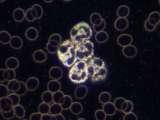 Microbiology
MicrobiologyUnderstanding Darkfield Microscopy: Explore Advantages, Limitations, and the Fundamental Principle
... Treponema Pallidum: Frequently employed for the swift display of Treponema pallidum in clinical specimens. Study of Motility: Useful in studying the motility of flagellated bacteria and protozoa. Exploration ...Created on 26 November 2023 -
 Microbiology
MicrobiologyThe Invention of Microscope: A Journey into the Unseen World
... the aid of microscopes, scientists were now able to observe microorganisms, such as bacteria and protozoa, for the first time. This discovery paved the way for significant advancements in microbiology ...Created on 02 September 2023 -
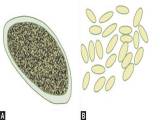 Clinical Pathology
Clinical PathologyStool Examination for Ova and Parasites
... 7. Stool culture Negative Positive for Shigella Table showing the differences between amebic and bacillary dysentery PROTOZOA Entamoeba histolytica E. histolytica is worldwide in distribution ...Created on 05 August 2018 -
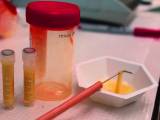 Clinical Pathology
Clinical PathologyEXAMINATION OF SPUTUM
Sputum examination refers to the laboratory examination or test of the material or substance coughed out from the lungs, bronchi, trachea, and larynx. Normally, sputum is mainly composed of mucus and also ...Created on 21 May 2018 -
 Clinical Pathology
Clinical PathologyExamination of Stool
... tract as listed below. Detection of parasites Stool examination is performed for the detection and identification of worms (adult worms, larvae, segments of worms, ova) and protozoa (cyst or trophozoites). ...Created on 18 May 2018 -
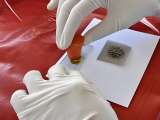 Clinical Pathology
Clinical PathologyMicroscopic Examination of Feces
... of feces Direct wet mount For Eggs/larvae of helminths and trophozoites/cysts of protozoa If negative, concentration technique Special stains (A) Trichrome stain for indentification ...Created on 30 August 2017 -
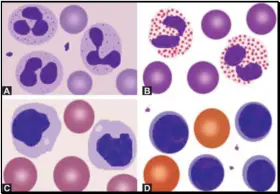 Hemotology
HemotologyNUMERICAL ABNORMALITIES OF LEUKOCYTES
... typhoid, paratyphoid, miliary tuberculosis, septicemia (b) Viral: influenza, measles, rubella, infectious mononucleosis, infective hepatitis. (c) Protozoal: malaria, kala azar (d) Overwhelming infection ...Created on 26 July 2017 -
 Zoology
ZoologyFASTEST ANIMALS IN THE WORLD
... fish — Sail fish Fastest wing beat in Insect — Foripomyla Fastest flying insect — Deer bot fly Fastest Protozoan — Monas Fastest wing beat — Humming bird Fastest reproducing protozoan — Glaucoma ...Created on 25 June 2017 -
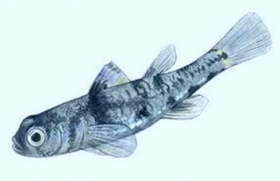 Zoology
ZoologySMALLEST ANIMALS
... Smallest Protozoan — Baberia Smallest Muscle — Arrector pilli or stapedius muscle Smallest Annelid — Chaetogaster Smallest virus — Foot mouth virus of cattle Smallest Phylum — Porifera Smallest ...Created on 22 June 2017 -
 Zoology
ZoologyBIOLOGY TERMS: FIRST USERS AND COINERS
... TAXONOMY TERMS FIRST USED AND FIRST COINED Virus Beijerink Protozoa Gold Fuss Porifera Robert Grant Parazoa Solas Coelenterata Leukart Mollusca Johnston Annelida Lamarck ...Created on 15 June 2017 -
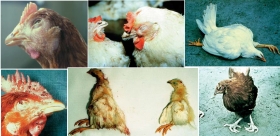 Zoology
ZoologyDISEASES IN POULTRY
... as Bacterial diseases Viral diseases Fungal diseases Protozoan diseases Parasitic diseases Nutritional deficiency diseases 1. BACTERIAL DISEASES IN POULTRY A. Chronic Respiratory ...Created on 14 June 2017 -
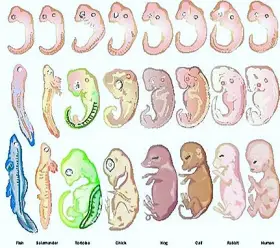 Zoology
ZoologyEMBRYOLOGICAL EVIDENCES FOR ORGANIC EVOLUTION
... adult. The Zygote represents the unicellular stage. Morula and blastula represent the colonial protozoan stages. Whereas gastrula represents the coelenterate stage. The embryos of organisms differ after ...Created on 10 June 2017 -
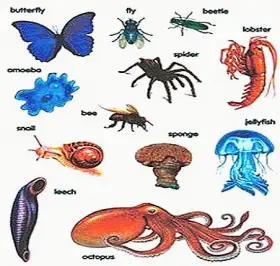 Zoology
ZoologyINVERTEBRATES
... of each invertebrate phylum with examples. PROTOZOA AN INTRODUCTION TO PROTOZOA GENERAL CHARACTERS OF PROTOZOA CLASSIFICATION OF PROTOZOA OSMOREGULATION OR HOMEOSTASIS IN PROTOZOA PSEUDOPODIA ...Created on 07 June 2017 -
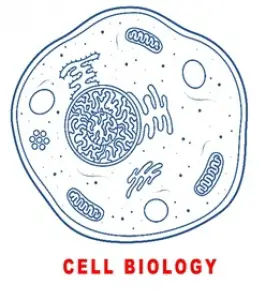 Cell Biology
Cell BiologyAN INTRODUCTION TO CELL BIOLOGY (BRIEF HISTORY OF CYTOLOGY)
... anatomy'. 'A.V. Leeuwen Hoek (1632-1723) discovered the animalcules, infusoria (Protozoa), bacteria, etc., and made microscopical observations on protozoa, ants, aphids, spermatozoa, red blood cells etc. ...Created on 05 June 2017 -
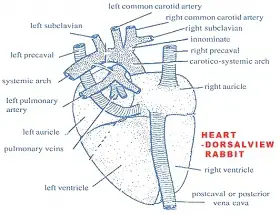 Zoology
ZoologyCIRCULATORY SYSTEM OF RABBIT
The circulatory system in animals is the main transport system. In lower animals like protozoa, porifera and cnidaria the transportation of oxygen and nutrients to different organs of the body and ...Created on 21 May 2017 -
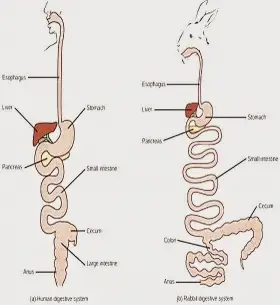 Zoology
ZoologyDIGESTION PROCESS
... well developed in Rabbit, as cellulose decomposing bacteria and protozoans are present in caecum. Absorption Absorption of digested food mainly occurs in ileum of small intestine. Fatty ...Created on 20 May 2017 -
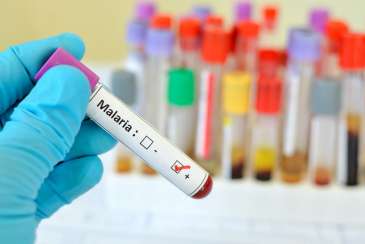 Aid / Disasters
Aid / DisastersNatural resistance to malaria linked to variation in human red blood cell receptors
Researchers have found that protection from the most severe form of protozoal infection is coupled with natural variation in cistrons of human red blood cells. A study by the Wellcome Trust Sanger Institute, ...Created on 18 May 2017 -
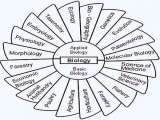 Zoology
ZoologyBRANCHES OF BIOLOGY
... of various parts of the body is called physiology. Parasitology — Study of parasites. Protozoology — Study of unicellular organisms. i.e. Protozoa Characters Parazoology — Study of sponges. Pathology ...Created on 20 April 2017 -
 Zoology
ZoologyPORIFERA – AFFINITIES-SYSTEMATIC POSITION OF SPONGES
... cells in porifera. Absence of nervous system in porifera. Presence of intracellular digestion in porifera. Presence of flagellated cells in porifera. PORIFERA –AFFINITIES WITH PHYLUM PROTOZOA ...Created on 17 April 2017 -
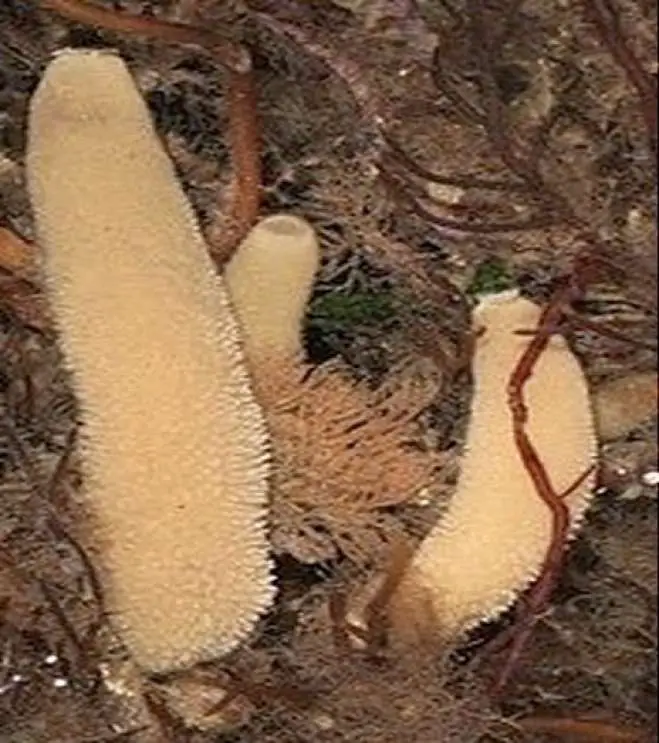 Zoology
ZoologySYCON SPONGE (SCYPHA) STRUCTURE AND ITS CANAL SYSTEM AND NUTRITION
... NUTRITION IN SYCON SPONGE: a) Food: The food of sycon is small minute bacteria, diatoms, protozoans etc. The food particles come into the sponge along with water current. b) Digestion: ...Created on 15 April 2017